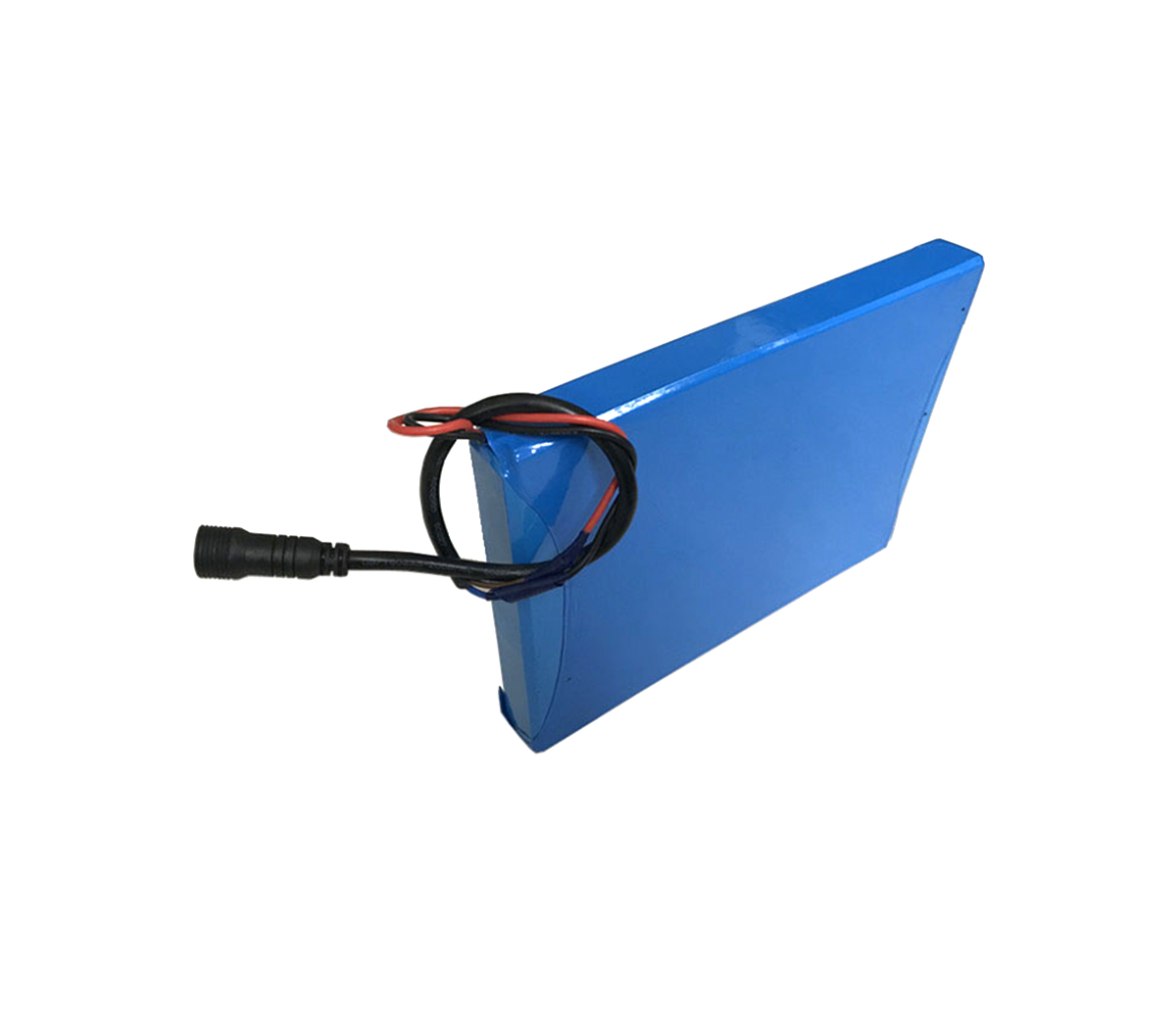What will be the next breakthrough point in the post-lithium battery
era?
Beyond LIB has two dazzling "new stars", they are Li-S and Li-Air
batteries. In fact, they are all old-fashioned systems, but they have been
repackaged and heated up in recent years. Internationally, Li-S batteries are
doing better in the United States, Polyplus, SionPower and German BASF. At
present, the energy density of single cells can reach above 400Wh/kg, but the
cycleability is far from meeting practical requirements and self-discharge The
more serious magnification performance is also worse. Li-S batteries must solve
the problem of metal lithium negative electrodes, otherwise Li-S batteries will
basically lose their high-energy advantages.
Coupled with the unique "polysulfide ion shuttle effect" of Li-S batteries,
the author does not believe that Li-S batteries will have practical applications
in electric vehicles. In the future, Li-S batteries will be used in military and
field applications. Many special fields may have certain application prospects.
As for the Li-Air battery, its idea and starting point are different from those
of lithium sulfur. It belongs to the category of air batteries.
In the author’s personal opinion, metal-air batteries, especially secondary
metal-air batteries, actually combine the shortcomings of secondary batteries
and fuel cells organically, and magnify the shortcomings, and basically do not
have commercialization. value.
The author personally believes that the next breakthrough point for lithium
batteries may lie in all-solid-state lithium-ion batteries, rather than the
currently hyped Li-S and Li-Air batteries. Due to the use of metal lithium as
the negative electrode, the energy density of all-solid-state lithium-ion
batteries will be greatly improved compared with current liquid lithium-ion
batteries. The author estimates that the actual energy density of
all-solid-state lithium-ion batteries can exceed 350Wh/kg. Good safety is
another major advantage of all-solid-state lithium-ion batteries.
However, due to the slow transfer of ions in the solid electrolyte and the
high resistance at the interface between the solid electrolyte and the positive
and negative materials, these two basic characteristics determine that the rate
and performance of the all-solid-state battery must be its shortcomings.
And the current power battery, even if it is a capacity power battery for
EV, 1C charging and discharging is the most basic rate requirement, not to
mention the rate requirements of PHEV and HEV power batteries. In addition, the
cycleability and temperature performance of all solid-state batteries are still
facing great challenges.
Therefore, the author personally believes that all-solid-state lithium-ion
batteries may find practical applications in 3C small electronic devices in the
future, and large-scale power batteries may not be applicable. According to the
current international research and development status of all-solid-state
lithium-ion batteries (Japan is in a leading position in this field, while my
country is relatively weak in the field of all-solid-state lithium-ion battery
research), the author does not think that all-solid-state lithium-ion batteries
will be in the next 10 years. The battery has the possibility of large-scale
commercialization.
What I want to emphasize here is that for lithium batteries, these main
technical indicators actually have a "seesaw effect". The improvement of a
certain indicator is often based on sacrificing other indicators.
For large-capacity power batteries, increasing energy density often means
sacrificing safety, cycle and rate performance, which is well understood. In
fact, the international electric vehicle industry generally believes that the
improvement of power battery energy density must take into account multiple
technical indicators, so as to achieve the balance and optimization of the
overall performance of the battery system, instead of risking safety to blindly
increase the energy density of battery cells.


































